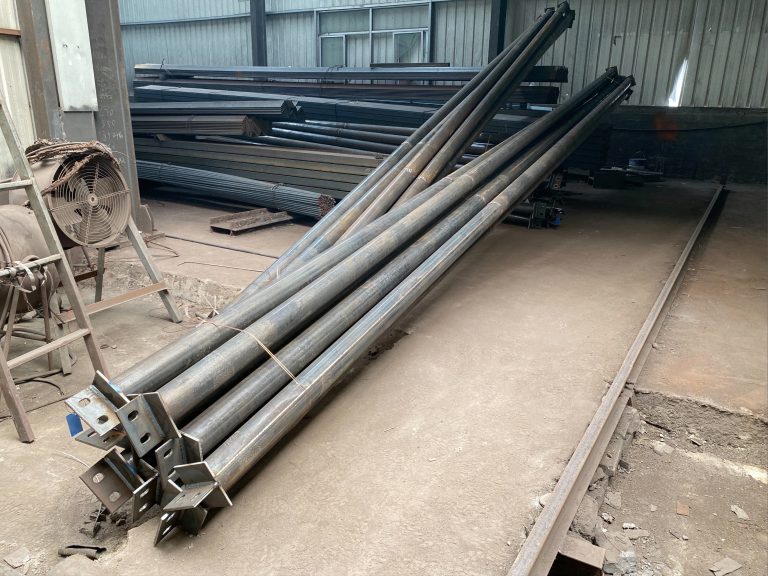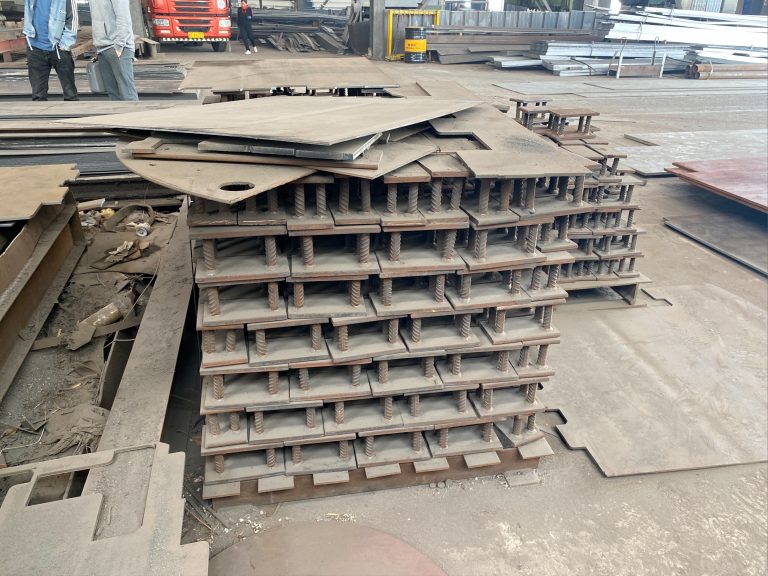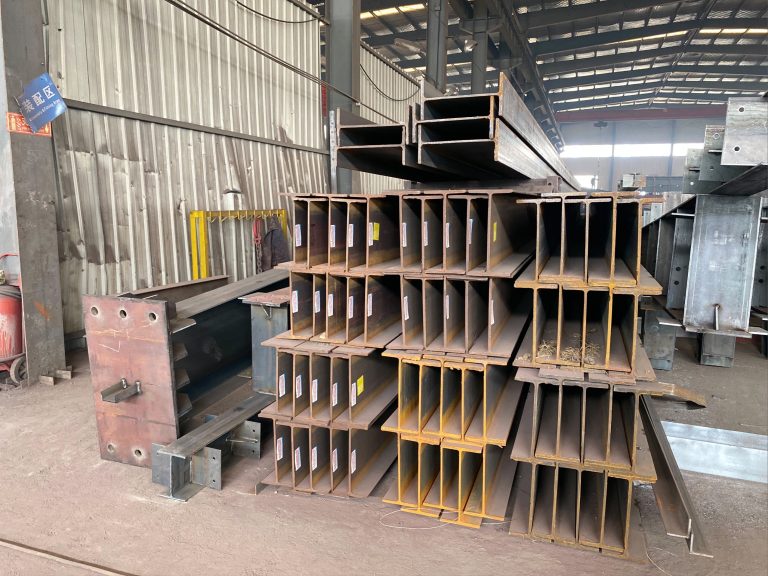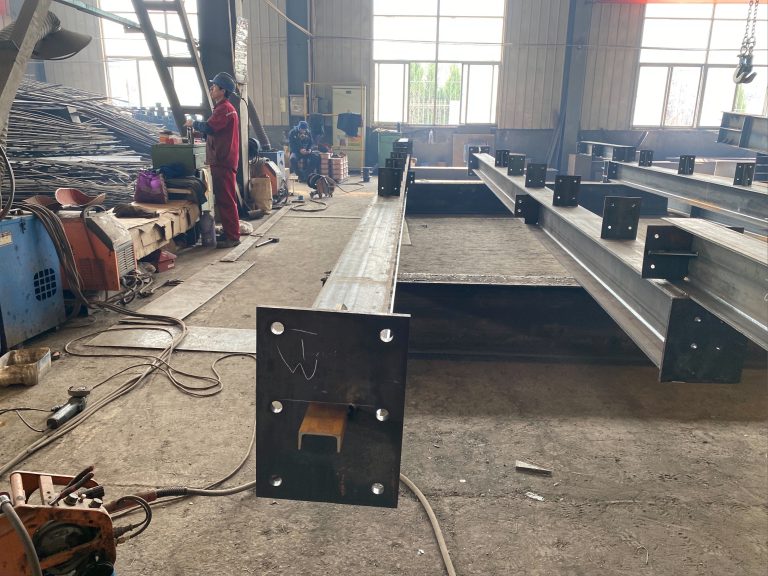Adaptive control innovation of intelligent energy-saving lighting for steel structure buildings
Table of Contents
Benefits of Implementing Adaptive Control Innovation in Intelligent Energy-Saving Lighting for Steel Structure Buildings
Steel structure buildings are becoming increasingly popular due to their durability, strength, and cost-effectiveness. However, one area where these buildings can still improve is in their energy efficiency. Intelligent energy-saving lighting systems are a key component in reducing energy consumption in steel structure buildings. By implementing adaptive control innovation in these lighting systems, building owners can further enhance their energy-saving capabilities.
Adaptive control innovation refers to the use of advanced technology to automatically adjust lighting levels based on factors such as occupancy, natural light levels, and time of day. This allows for optimal lighting conditions to be maintained at all times, while also minimizing energy waste. In steel structure buildings, where large open spaces and high ceilings are common, adaptive control innovation can have a significant impact on energy savings.
One of the key benefits of implementing adaptive control innovation in intelligent energy-saving lighting systems is the ability to customize lighting levels based on specific needs. For example, in areas with high levels of natural light, the system can automatically dim the lights to reduce energy consumption. In areas with high occupancy, the system can increase lighting levels to ensure safety and comfort for occupants. By tailoring lighting levels to specific requirements, building owners can maximize energy savings without compromising on lighting quality.
Another benefit of adaptive control innovation is the ability to monitor and analyze energy usage in real-time. By collecting data on lighting levels, occupancy patterns, and energy consumption, building owners can identify areas where energy savings can be further optimized. This data can also be used to track energy usage over time and make informed decisions about future energy-saving initiatives.
In addition to energy savings, adaptive control innovation can also improve the overall comfort and productivity of building occupants. By providing optimal lighting conditions at all times, occupants are more likely to feel comfortable and focused in their environment. This can lead to increased productivity, reduced absenteeism, and improved overall well-being.
Furthermore, adaptive control innovation can also extend the lifespan of lighting fixtures and reduce maintenance costs. By automatically adjusting lighting levels based on usage patterns, the system can prevent unnecessary wear and tear on fixtures. This can result in fewer replacements and repairs, saving building owners time and money in the long run.
Overall, the benefits of implementing adaptive control innovation in intelligent energy-saving lighting systems for steel structure buildings are clear. From increased energy savings to improved occupant comfort and productivity, adaptive control innovation offers a range of advantages for building owners. By investing in advanced lighting technology, building owners can not only reduce their environmental impact but also enhance the overall efficiency and performance of their steel structure buildings.
Case Studies of Successful Integration of Adaptive Control Innovation in Intelligent Energy-Saving Lighting for Steel Structure Buildings
In recent years, there has been a growing emphasis on energy efficiency and sustainability in building design and construction. Steel structure buildings, in particular, have become a popular choice due to their durability and flexibility. However, one of the challenges faced by these buildings is the need for efficient lighting solutions that can adapt to changing environmental conditions and user preferences.
Adaptive control innovation in intelligent energy-saving lighting has emerged as a promising solution to this challenge. By incorporating advanced sensors, controls, and algorithms, these systems can automatically adjust lighting levels based on factors such as occupancy, natural light levels, and time of day. This not only improves energy efficiency but also enhances user comfort and productivity.
One successful case study of the integration of adaptive control innovation in intelligent energy-saving lighting is the Steelcase WorkLife Center in Munich, Germany. This state-of-the-art office building features a sophisticated lighting system that is able to dynamically respond to the needs of its occupants. By using a combination of occupancy sensors, daylight harvesting controls, and dimmable LED fixtures, the building is able to achieve significant energy savings while providing a comfortable and productive work environment.

Another example of successful integration of adaptive control innovation in intelligent energy-saving lighting is the Salesforce Tower in San Francisco, California. This iconic skyscraper features a cutting-edge lighting system that is able to adjust lighting levels in real-time based on factors such as occupancy patterns, daylight availability, and user preferences. By leveraging advanced controls and sensors, the building is able to reduce energy consumption and operating costs while providing a visually stunning and comfortable environment for its occupants.
The success of these case studies highlights the potential benefits of adaptive control innovation in intelligent energy-saving lighting for steel structure buildings. By leveraging the latest technologies and design strategies, building owners and operators can achieve significant energy savings, improve user comfort, and reduce their environmental impact.
In conclusion, adaptive control innovation in intelligent energy-saving lighting is a powerful tool for enhancing the sustainability and efficiency of steel structure buildings. By integrating advanced sensors, controls, and algorithms, building owners and operators can achieve significant energy savings while providing a comfortable and productive environment for occupants. The successful case studies of the Steelcase WorkLife Center and Salesforce Tower demonstrate the potential of these systems to transform the way we design and operate buildings. As the demand for energy-efficient and sustainable buildings continues to grow, adaptive control innovation in intelligent energy-saving lighting will play an increasingly important role in shaping the future of building design and construction.






